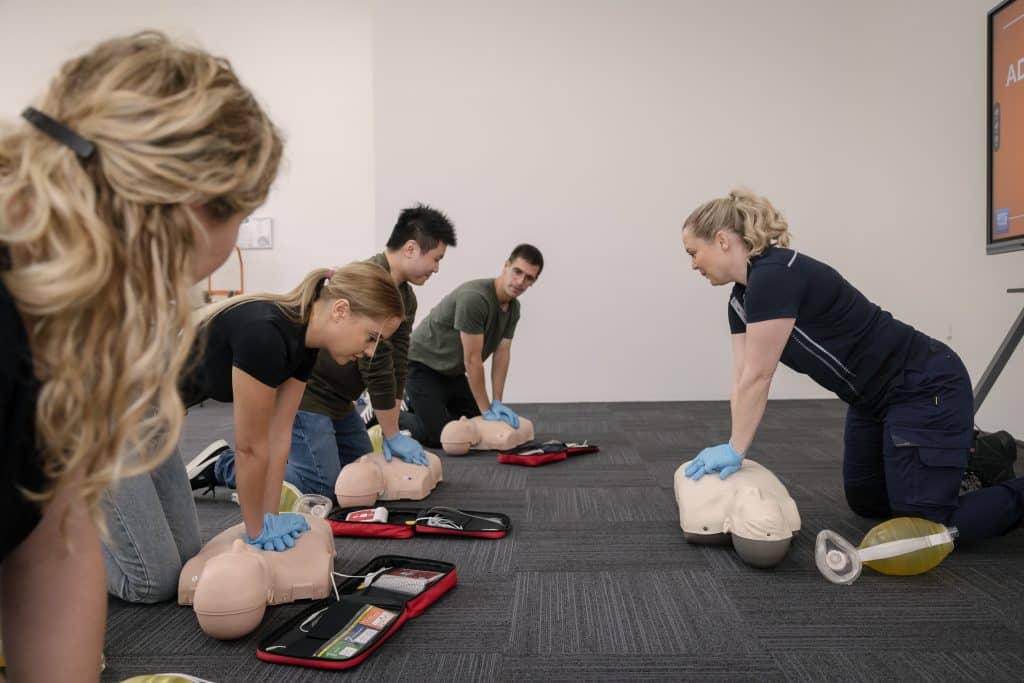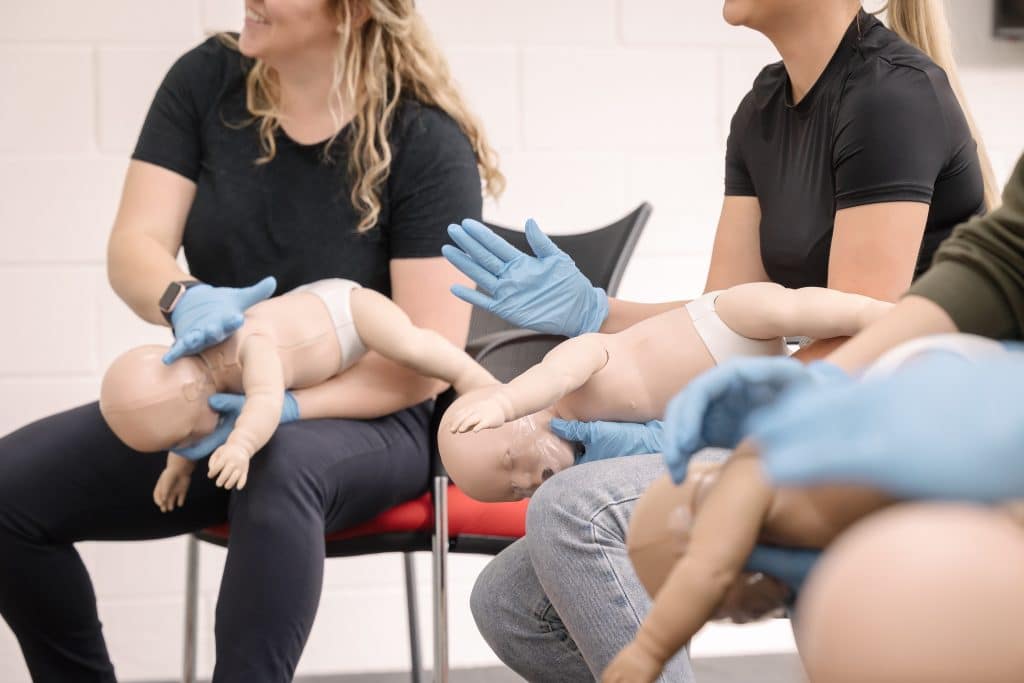For a majority of people completing a First Aid course is to meet a work, university or volunteer requirement. In…

It’s Hot … So What?
It’s Hot … So What?
The world is getting hotter and hotter from climate change, and heat waves have increased. But why does this affect you? It’s hot outside for a few more days than usual; Australia is a hot country, so what? Studies have proven that heat waves have killed more Australians than any other extreme weather event. This statistic is also accurate across the world. In 2003, 70,000 people died as a direct impact of the European heat wave. 2010 saw 56,000 excess deaths during a 44-day-long heatwave in the Russian Federation. Globally, in 2015, 175 million more people have been exposed to a heatwave compared with other years.
Back in Australia in the 2009 summer, there was a 46% increase in emergency callouts. Cardiac arrests almost tripled in Victoria, with a 34-fold increase in heat-related illnesses. There was a 62% increase from the previous year in deaths during this period due to the heat wave; this percentage equates to 374 excess deaths.
The three direct risks to someone’s health during a heatwave are dehydration, heat stress and heat stroke.
Dehydration is when your body doesn’t have enough fluids to keep it functioning correctly. During an extreme temperature event, more water is needed due to the impact of sweating to remain cool. Some signs of dehydration are dry mouth, thirst, headache or dark urine. Information about first aid treatment and recognition of dehydration can be found during a first aid course or a remote first aid course; RTS Training Group runs these two courses every week.
Heat stress is when your body cannot cool itself down to an optimal functioning temperature. When the ambient temperature outside is extreme, it can be difficult for the human body to maintain its homeothermic status. Infants and the elderly are more at risk than others from heat stress. However, people with chronic medical conditions who require specific medications to treat these conditions might also be more at risk of heat stress.
Heat stroke is a life-threatening condition due to highly elevated body temperatures. Heat stroke signs can include confusion, incoherent speech, inability or abnormal walking, seizures and coma. This condition can permanently damage their internal organs; heat stroke can and has led to death. Prevention is always preferable to treatment. Completing a first aid course through RTS Training Group could provide the information you need to prevent a catastrophic injury such as heat stroke.
Heat waves also have been shown to cause indirect illnesses like cardiovascular disease. Even minor dehydration can cause an extra burden on the heart. This is especially true for those diagnosed with high blood pressure, heart disease, or diabetes. Pregnant women also run hotter than others, so they are more at risk during this time, along with children, as they absorb more heat from the ambient temperature than adults. People who regularly work outdoors or people experiencing homelessness who are often unable to hide from heat waves are also more vulnerable during heat waves.
The general recommendations while living through a heat wave is to drink water more frequently, keep yourself cool, wear loose-fitting clothes, take cool showers or baths and eat small meals more regularly. It is also essential to help others who might be more vulnerable to heat stress, like the elderly. You should visit them daily during a heatwave and check on your friends, family and neighbours more frequently. The World Health Organisation has suggested taking a first aid course to recognise and treat heat and other emergencies.

